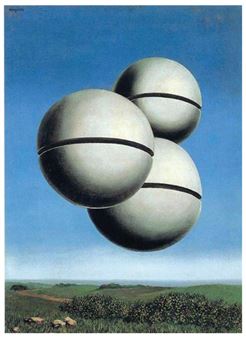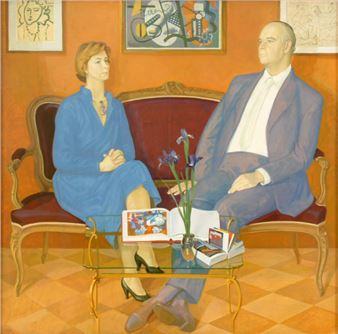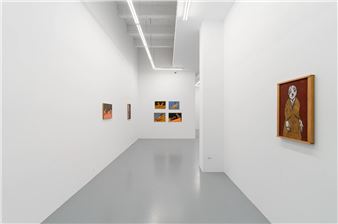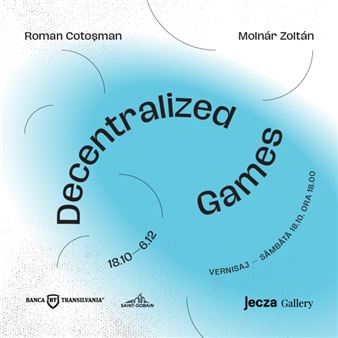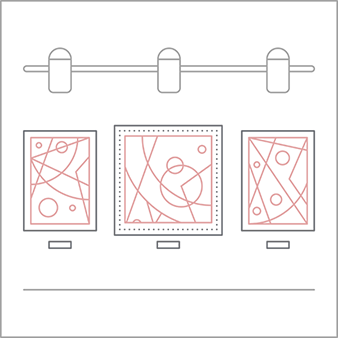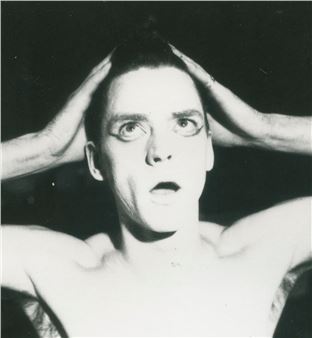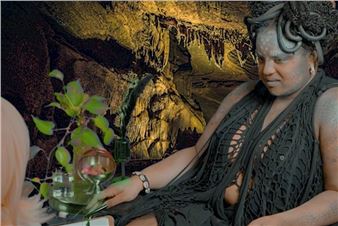Ion Grigorescu: Commentary upon Nature
Gregor Podnar is pleased to announce the solo exhibition of Ion Grigorescu Commentary upon Nature, which features a dialogue between rarely shown early pieces and new works by the artist. With a selection of films, photographs, collages, drawings, sculptures and paintings, the exhibition highlights the artist’s longstanding interest in depicting the body, quotidian life, and individual’s intimate endeavours as a foundation of his varied practice. Thereby pointing to the remarkable continuity of Grigorescu’s artistic preoccupations and his longstanding ethical engagement.
Regarded as one of the most influential figures in Romanian art, Grigorescu began working during the 1960s in the privacy of his studio with only the camera bearing witness to his actions and performances. Using his own body as the main subject of his work much like his friend and peer Geta Brătescu, he explored the limits of the human body and quietly addressed the issues of gender and sexuality.
Within the intimate surroundings of Grigorescu’s life, artistic practice and household chores often merged, giving new meaning to the elements of simple communal existence in acts of washing, sleeping and eating, while on many occasions also referring to the heritage of Romanian culture, to which he frequently returned in his later photographic works and works on paper.
Grigorescu’s performances captured in photographs and on film attest to his non-conformist attitude to the political discourse of the time. Similar domestic form of ideological resistance can be noted in allusions to sacrifices, secrets and initiation, reminiscent of Orthodox iconography, seen in many of the works on display.

Recommended for you
Gregor Podnar is pleased to announce the solo exhibition of Ion Grigorescu Commentary upon Nature, which features a dialogue between rarely shown early pieces and new works by the artist. With a selection of films, photographs, collages, drawings, sculptures and paintings, the exhibition highlights the artist’s longstanding interest in depicting the body, quotidian life, and individual’s intimate endeavours as a foundation of his varied practice. Thereby pointing to the remarkable continuity of Grigorescu’s artistic preoccupations and his longstanding ethical engagement.
Regarded as one of the most influential figures in Romanian art, Grigorescu began working during the 1960s in the privacy of his studio with only the camera bearing witness to his actions and performances. Using his own body as the main subject of his work much like his friend and peer Geta Brătescu, he explored the limits of the human body and quietly addressed the issues of gender and sexuality.
Within the intimate surroundings of Grigorescu’s life, artistic practice and household chores often merged, giving new meaning to the elements of simple communal existence in acts of washing, sleeping and eating, while on many occasions also referring to the heritage of Romanian culture, to which he frequently returned in his later photographic works and works on paper.
Grigorescu’s performances captured in photographs and on film attest to his non-conformist attitude to the political discourse of the time. Similar domestic form of ideological resistance can be noted in allusions to sacrifices, secrets and initiation, reminiscent of Orthodox iconography, seen in many of the works on display.

 ARTISTS
ARTISTS







